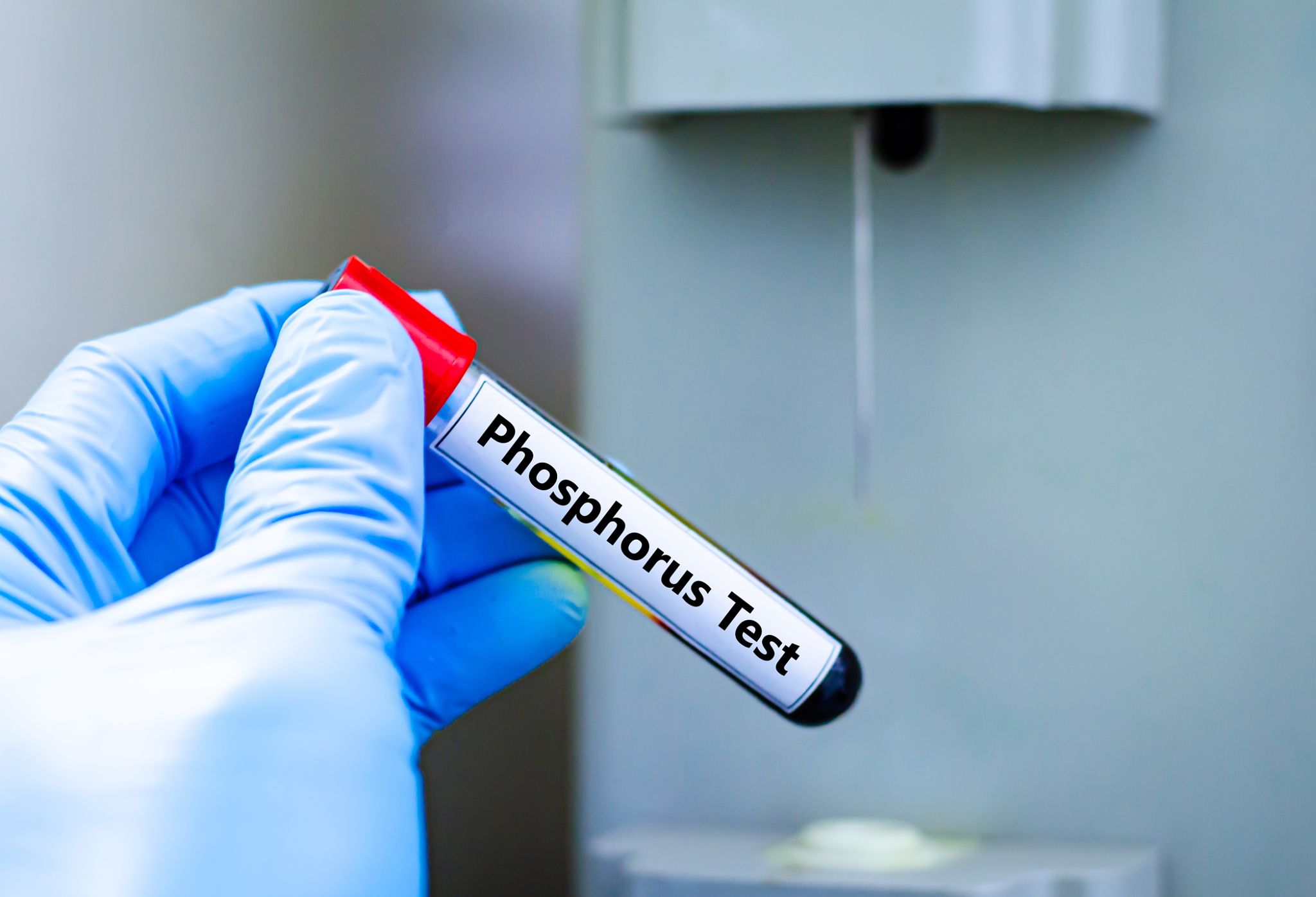Comparing Urea, DAP, SSP, and TSP: Which Fertilizer is Right for You?
Understanding Different Fertilizers
When it comes to selecting the right fertilizer for your crops, it's essential to understand the differences between the available options. Urea, DAP (Diammonium Phosphate), SSP (Single Superphosphate), and TSP (Triple Superphosphate) are some of the most commonly used fertilizers. Each of these has unique properties and benefits that can influence plant growth and soil health differently.
Choosing the right fertilizer can significantly impact crop yield and quality. This decision depends on several factors, including soil type, crop requirements, and environmental conditions. In this blog post, we'll explore the characteristics of each fertilizer to help you make an informed choice.

Urea: A High Nitrogen Fertilizer
Urea is a nitrogen-rich fertilizer, containing about 46% nitrogen, making it one of the highest nitrogen-concentrated fertilizers available. This makes urea an excellent choice for supporting robust plant growth and development, particularly in crops that require a lot of nitrogen.
However, urea must be used carefully as it can lead to nitrogen loss through volatilization, especially if not incorporated into the soil properly. Farmers often apply it just before rain or irrigation to reduce this loss.

DAP: Balanced Nutrient Supply
DAP is a popular choice among farmers due to its balanced supply of nutrients, primarily nitrogen and phosphorus. It contains approximately 18% nitrogen and 46% phosphorus pentoxide (P2O5), providing a dual nutrient benefit for crops.
This fertilizer is particularly effective for young plants as it supports root development and overall growth. However, over-application of DAP can lead to soil acidification, so it's crucial to apply it according to soil test recommendations.
SSP: The Traditional Phosphate Source
SSP has been used for generations as a reliable source of phosphorus. It contains about 16% phosphorus pentoxide (P2O5) and 11% sulfur, which is beneficial for sulfur-deficient soils. SSP is often considered a more natural option among phosphate fertilizers.

The inclusion of sulfur in SSP makes it ideal for crops that require both phosphorus and sulfur. However, its lower phosphorus concentration compared to other fertilizers means larger quantities may be needed.
TSP: Concentrated Phosphorus Power
TSP provides a high concentration of phosphorus, approximately 44-46% phosphorus pentoxide (P2O5), making it highly effective for phosphorus-deficient soils. It is often used in combination with nitrogen fertilizers to balance nutrient supply.
This fertilizer is especially useful in intensive cropping systems where phosphorus uptake is rapid, but careful management is necessary to avoid potential runoff and environmental concerns.

Choosing the Right Fertilizer for Your Needs
When deciding on the best fertilizer for your farm, consider conducting a soil test to determine nutrient deficiencies. This will help tailor the fertilizer choice to the specific needs of your crops and soil.
Additionally, consider environmental factors and crop types when choosing between urea, DAP, SSP, and TSP. Each fertilizer offers unique benefits and potential drawbacks that can influence their effectiveness in different scenarios.

Conclusion
Selecting the right fertilizer involves understanding your crop's nutritional needs and the specific characteristics of each fertilizer option. Urea offers high nitrogen content, DAP provides a balanced nutrient supply, SSP brings additional sulfur benefits, and TSP delivers concentrated phosphorus.
By considering these factors and seeking expert advice if necessary, you can optimize your fertilization strategy to enhance crop yield and maintain soil health effectively.
